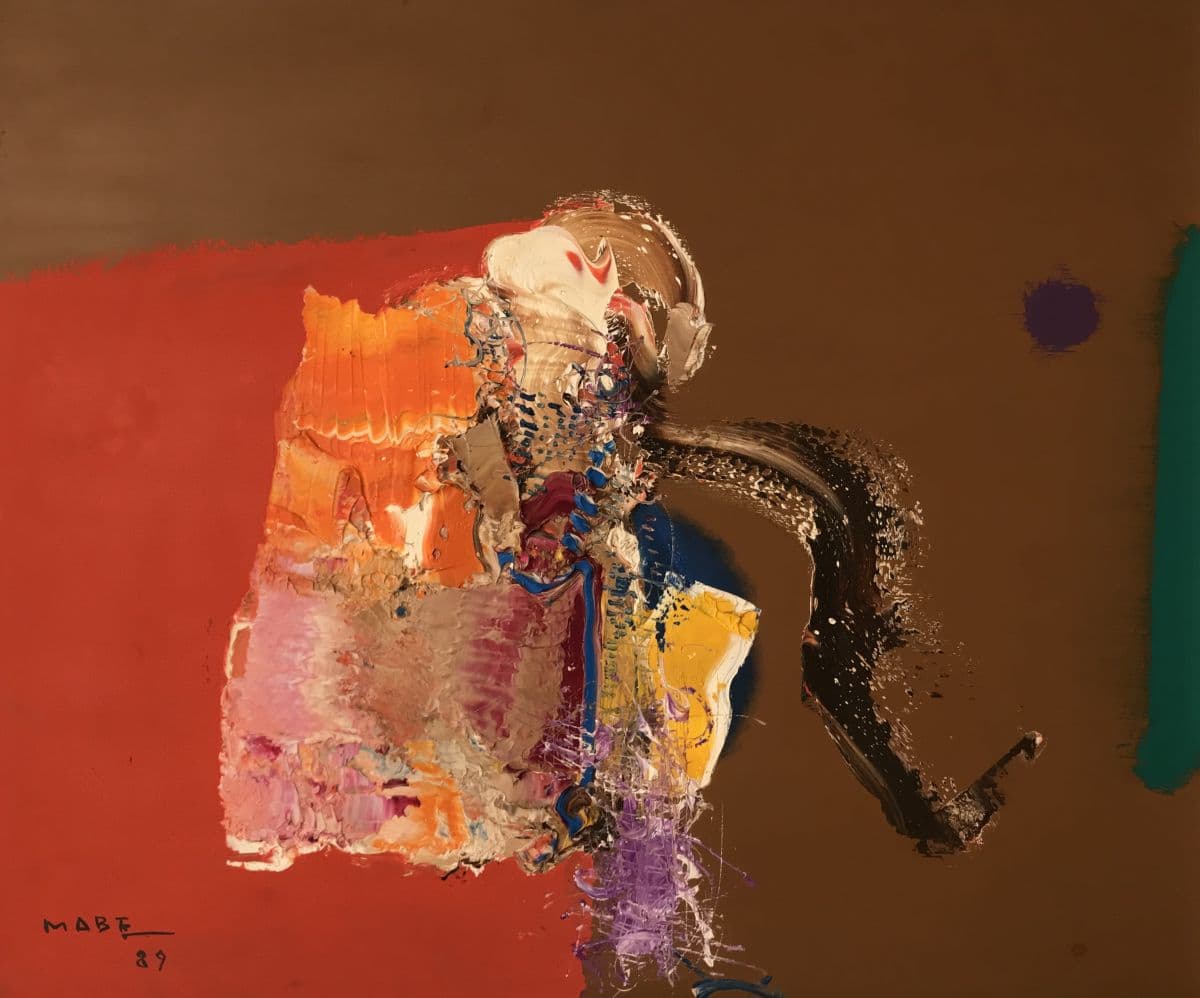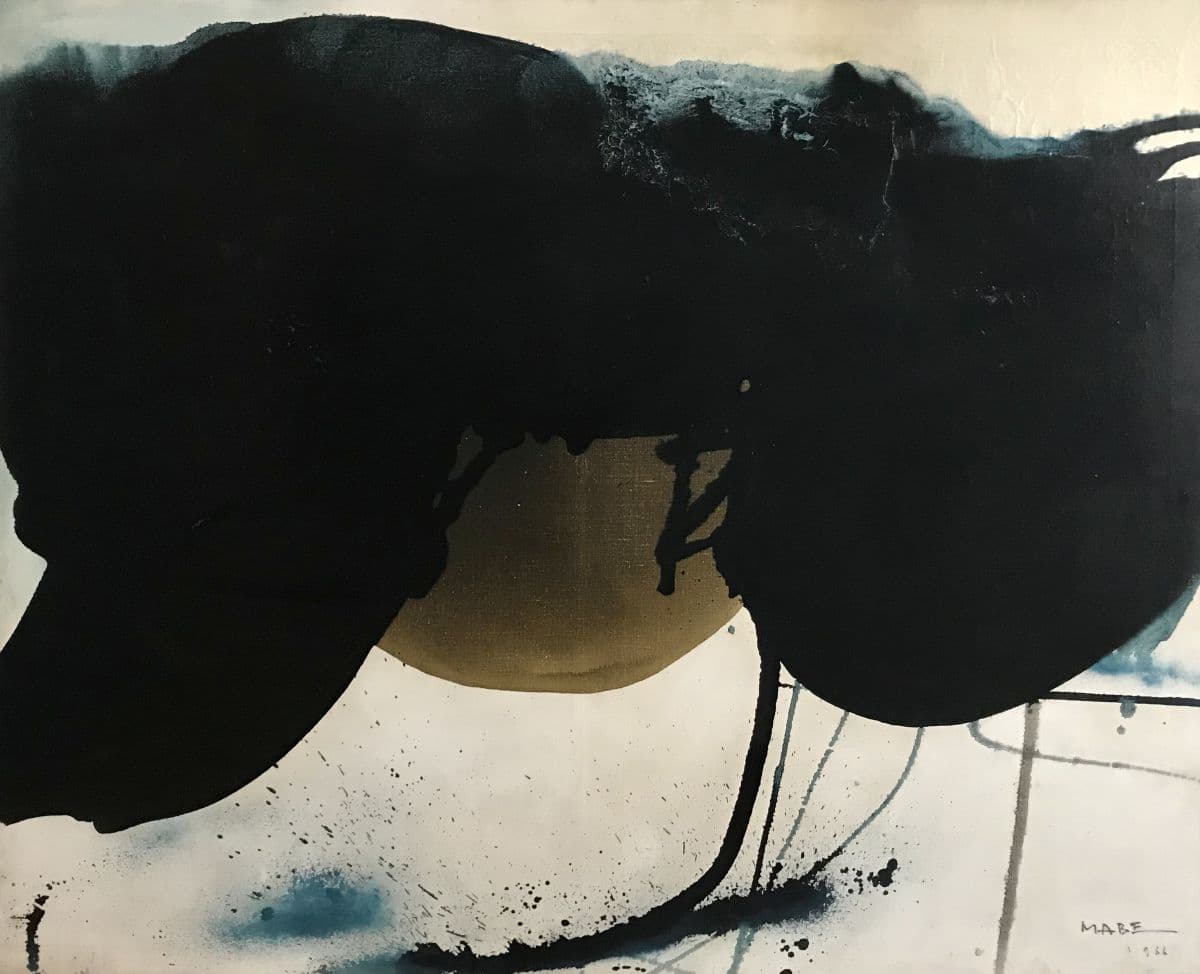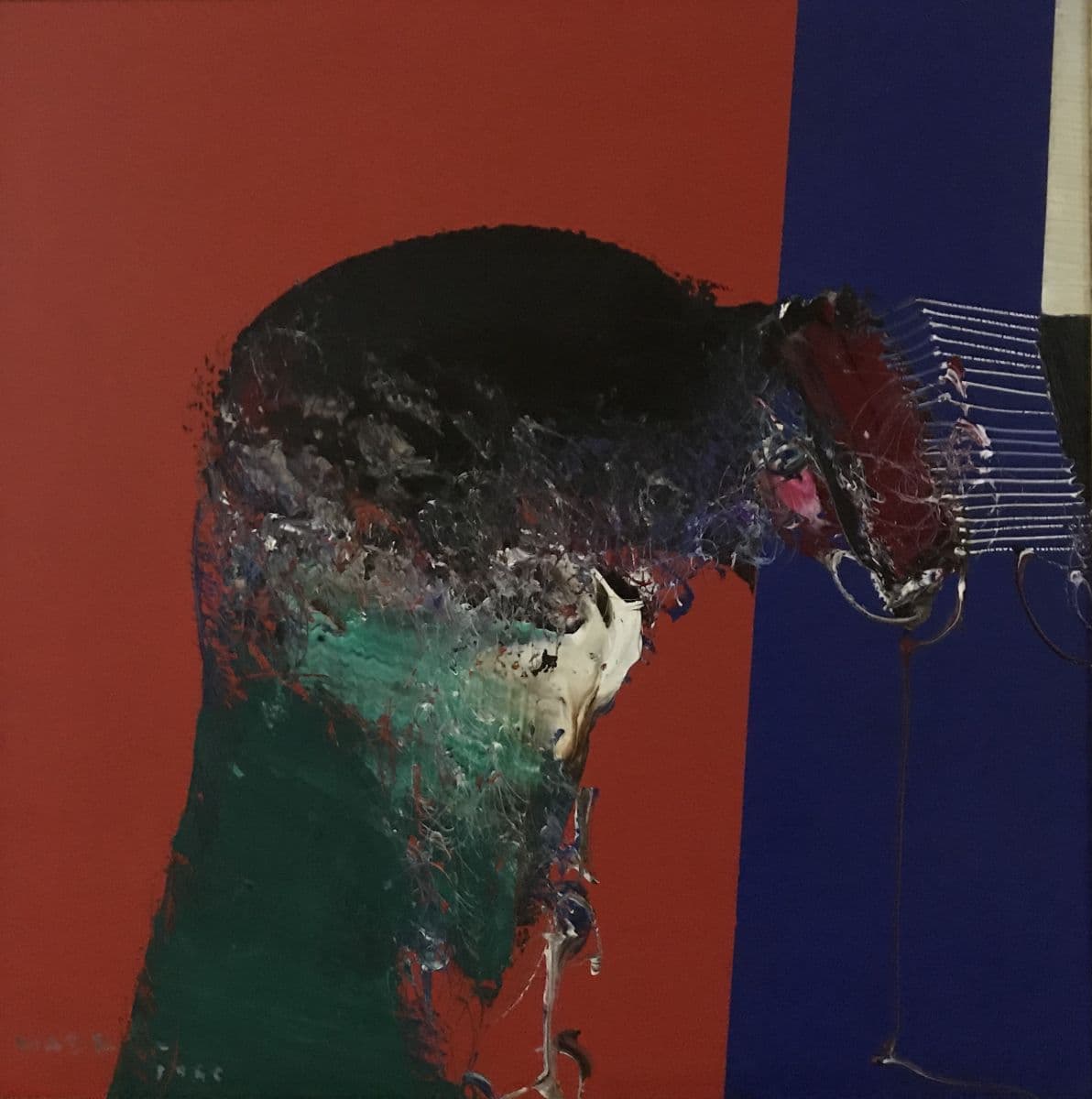You can also listen to this article in the voice of own Plastic Artist Rosângela Vig:

filling up the conversations,
come out of the dimness,
jumping, the frogs.
The light dazzles them.In a roar that lands,
howls the bullfrog:
– “my father went to war!”
– “It was not!” – “Was!” – “It was not!”.the cooper toad,
Watery Parnassian,
says: – “my songbook
it's well hammered.See as first
in eating the gaps!
What art! and I never laugh
bone termos.my verse is good
Fruit without chaff.
I rhyme with
Support consonants.
(BANDEIRA, 2008, p.41)
February 1922 was the milestone for a new chapter of the Arts, of Literature and Aesthetics in Brazil. Manuel Bandeira had great participation as an influencer, although he was not present on the opening day of the Modern Art Week. Criticizing the Parnassians, your poem above The Frogs, was recited by poet Ronald Carvalho (1893-1935), opening the event and generating strangeness on the part of the public. And Brazilian Literature was never the same.
Amidst the effervescence of thoughts and currents that emerged, the Aesthetic Modern arrived in Brazil influenced by the European vanguards, presenting a national essence, with the history that the country lived, with the richness of colors, of thoughts and of the restlessness of Brazilian lands. In a scenario where two Great Wars ravaged the world; Internal revolutions generated concerns; Brazil was still a growing country, where immigrants from other countries were heading, fleeing wars.
In the midst of a troubled context, Brazilian Culture never tired of diversifying, to build, tinted by the colors of the forests and by the joy and creativity of a receptive people.
Such creative genius was brought into the field of Aesthetics and the Arts. Just like Poetry, Art renewed its features and diverged from classical patterns. That is how the Expressionist style arrived in Brazil, brought by Lasar Segall (1891-1957), Anita Malfatti (1889-1964) and Cândido Portinari (1903-1962).
And Abstract Expressionism came next with the works of Manabu Mabe (1924-1997), Thomas Ianelli (1932-2001) e Yolanda Mohalyi (1909-1978). One year before the First Bienal de São Paulo, in 1949, the Moldavian painter Samson Flexor (1907-1971) created the abstraction studio and school, consolidating the style in Brazil. Antônio Bandeira stood out in this field (1922-1967) who adhered to the standard, embedded evidence of realism.
Abstract Expressionism
When the soul already hurts
very melee
with the surrounding confused,
always too much, amorphousif it hurts to fight
What is inert and the fight,
things that resist
and they are alive, if you change.to get to the little
where a few things,
They turn out to be compact,
Cropped and all,And reach among the few
to the thing and to the core
of this thing, where is
your pitted skeleton,which then has to scoop
to the cleanest, to profile
aseptic and accurate
from the extreme of the polish; (…)
(GRANDSON, 1975, p.16)
João Cabral de Melo Neto (1920-1999) was part of the Third Generation of Modernism writers (1945-1960) and his Poetry presents formal rigor and balance, in addition to a more rational and objective text. There is influence of Expressionist currents, Surrealists and Dadaists in his work, there are abstractionist traits when he exposes what he feels. to the reader, it is possible to unveil the poet's ideas and sensations that arise at random, loudly, sharply, as images of an Abstract Painting.
If words are the North of Poetry, converting it to image; the figures and colors are responsible for translating the Painting into words. In the case of Painting that distances itself from reality, as Abstract Expressionism, communication is consolidated in the dynamism and contrast of tones; in the shapes that clash at random and that seem to impose themselves as protagonists of a scene. It's as if everything moves in the scene and each element interacts with energy and vigor. Yolanda Mohalyi started with figurative and between 1960 and 1970 his work evolved into Abstract Expressionism. Tomás Ianelli left on display in his work, the skill with color and dared to match, insert and permeate your scenes with shades that might seem impossible.
Manabu Mabe approached the style in a more gestural way, using extensive color fields and contrasting hues. It is possible to see traces of Japanese Art in his work, in the application and overlapping of shapes. In the figure 1, the Sea Flower seems to emerge floating, in the midst of a shadow that insists on staying. His mastery of color is evident in the contrast of dark and light. The artist's ability to balance the correct shape and tones is also clear.. And, despite the dark spots, the work has its own light.
Abstractionism
Moving away from the conventional, the concept of Abstract Art is closely linked to the use of colors and shapes. Antônio Bandeira (1922-1967) adhered to abstractionism, incorporating into it evidence of reality. The style of his work is revealed in the geometric lines, in the use of strong and vivid colors contrasting with monochromatic backgrounds, the protagonists of his work are often hidden amid the tangle of webs that insist on staying. Its protagonists emerge as bright dots on their screens. His work made him a pioneer of this style in Brazil.
Despite the questions and criticisms, Abstract Art valued emotion and intuition, turning away from the obvious and the real. This style was seen as pure art, because it receives no influence from the real world and obeys the laws of spirit and intellect.
Sign up to receive Event News
and the Universe of Arts first!
Final Considerations
He was the one who built houses
Where before there was only ground
like a bird without wings
He went up with the houses
that sprang from his hand.
(MATHEW, 2009, p. 311)
as builders of culture, the poets, the writers, the artists gradually build knowledge and impressions, building trails along which we will rest our enchanted gaze. climbing this way, we build our emotions, we follow our paths and build our own stories, sharing assimilated knowledge.
By conquering such paths, we open doors to realities beyond the gaze, we see new frontiers, we transcend. In this way, Art provides pleasant sensations to the spirit, activate the senses and elevate. And if the big Art allow it, it may be that fruition leads to deep experiences in the appreciation of Art that distances itself from reality. to abstract is to ramble, embrace new horizons and travel freely through them, in conscious state.
Indulging in a state of contemplation is like pampering the spirit and allowing it to breathe freely, without the suffocating daily load. It's like lightening your own body weight and surrendering to ecstasy.
Buy Manabu Mabe's works on the website: www.bg1.com.br
References:
- ANDRADE, Mário. complete poems. São Paulo: Editora Itatiaia, 1987.
- BANDEIRA, Manuel. Bandeira de Bolso. Porto Alegre: L&PM Pocket, 2008.
- BAYER, Raymond. História da Estética. Lisboa: Editorial Estampa, 1993. Tradução de José Saramago.
- BILAC, Olavo. Antologia Poética. Porto Alegre: Ed. L & PM Pocket, 2007.
- CHILVERS, Ian; ZACZEK, Iain; WELTON, Jude; BUGLER, Caroline; MACK, Lorrie. História Ilustrada da Arte. São Paulo: Publifolha, 2014.
- FARTHING, Stephen. Tudo Sobre a Arte. Rio de Janeiro: Sextante, 2011.
- GOMBRICH, E.H. A História da Arte. Rio de Janeiro: Editora Guanabara, 1988.
- HAUSER, Arnold. História Social da Arte e da Literatura. São Paulo: Martins Fontes, 2003.
- MOISÉS, Massaud. Brazilian Literature through Texts. São Paulo: Editora Pensamento Cultrix Ltda., 1971.
- MATHEW, Vinícius. Antologia Poética. São Paulo: Companhia das Letras, 2009.
- GRANDSON, João Cabral de Melo. Museu de Tudo. Rio de Janeiro: Livraria José Olympio Editora, 1975.
- PROENÇA, Graça. Descobrindo a História da Arte. São Paulo: Editora Ática, 2005.
You might also like:
- First Traces of Modern Art – Expressionism in Brazil by Rosângela Vig
- Modern Art – Abstract Expressionism by Rosângela Vig
- First Traces of Modern Art – Impressionism in Brazil by Rosângela Vig
- Modern Art – Surrealism by Rosângela Vig
- Modern Art – Abstractionism by Rosângela Vig
- Modern Art – Cubism by Rosângela Vig
- Modern Art – Expressionism by Rosângela Vig
- First Traces of Modern Art – Symbolism by Rosângela Vig
- First Traces of Modern Art – Post-Impressionism by Rosângela Vig
- First Traces of Modern Art – Impressionism by Rosângela Vig
- Romanticism in Brazil by Rosângela Vig
- Romanticism by Rosângela Vig
- The Neoclassical Art in Brazil by Rosângela Vig
- The Rococo in Brazil by Rosângela Vig
- The Neoclassical Art by Rosângela Vig
- Rococo by Rosângela Vig
- How appears the Surreal Work by Rosângela Vig
- The Baroque in Brazil by Rosângela Vig
- Baroque by Rosângela Vig
- Mannerism by Rosângela Vig
- Flemish Art – Renaissance in Northern Europe by Rosângela Vig
- Renaissance by Rosângela Vig
- The Contemporary, A little about the Urban Art by Rosângela Vig
- The Naive Art – Ingénue Art by Rosângela Vig
- Middle Ages, Byzantine Art by Rosângela Vig
- Middle Ages, Romanesque Art and Gothic Art by Rosângela Vig
- The Roman Art by Rosângela Vig
- Greek Art, Art History in Ancient Greece by Rosângela Vig
- The Egyptian Art by Rosângela Vig
- The Prehistoric Art by Rosângela Vig
- The beauty Art and the sublime Art by Rosângela Vig
- The Game of Art by Rosângela Vig
- The Misunderstood Art by Rosângela Vig
ROSÂNGELA VIG
Sorocaba – São Paulo
Facebook Profile | Facebook Fan Page | Website
Columnist at Website Obras de Arte
E-mail: [email protected]




Too handsome! write with passion!!